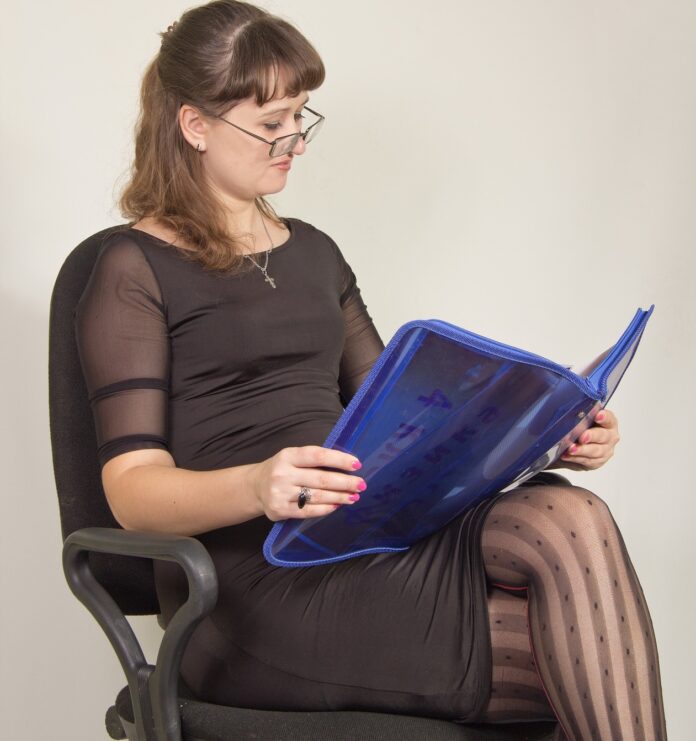Because millions of people are now working at home, it has become more difficult for US companies to put employees in the hot seat. That’s why many have begun transporting the seats to the homes of under-performers.
“Providing employees a hot seat experience is an essential part of their development,” says Dr. Lester Bassman of the Sitts institute. Over 80 percent of those who spend time in hot seats improve their performance, he says, and a pandemic is no reason to deny them the opportunity.
“We utilize three hot seats and they’re usually full,” says Geralda Atkins, HR Director of Nashville’s Cladmont Potentials. The company assigns an employee to the seat if they have demonstrated failure on three successive projects. “The average sitting time is 27 hours,” says Atkins.
In May the company hired six movers who take the seats from house to house, and also a scheduler. “Whether they’re home or in the office is immaterial,” says Atkins, “as long as they use their hot seat time to focus on how they’ll improve.”
The only difference is that in the homes the seat is heated to 108 degrees compared to 115 in the office. “We don’t believe employees should be responsible for unreasonable electric bills,” says Atkins.
For the most part, she says, hot seat occupants are thankful to be given another chance.
“My variables plan wasted thousands of dollars and I was kicked off six task forces,” says Cladmont marketing specialist Fiona Fuller. While sitting in a hot seat in her apartment for two days in April, she focused on developing goals, prioritizing action steps, and getting back on track
“I also focused on not sweating,” she says.










